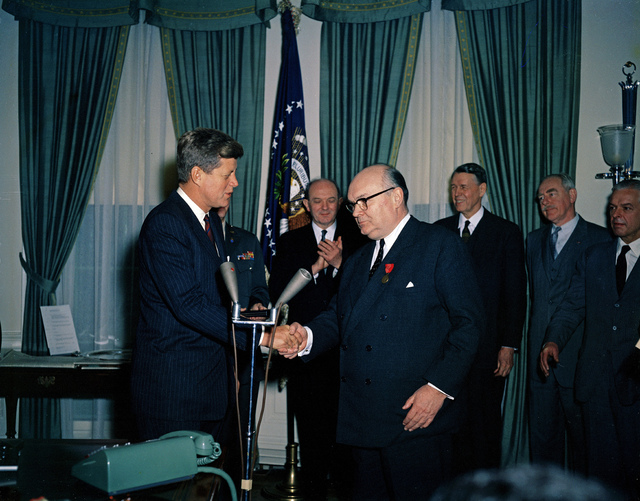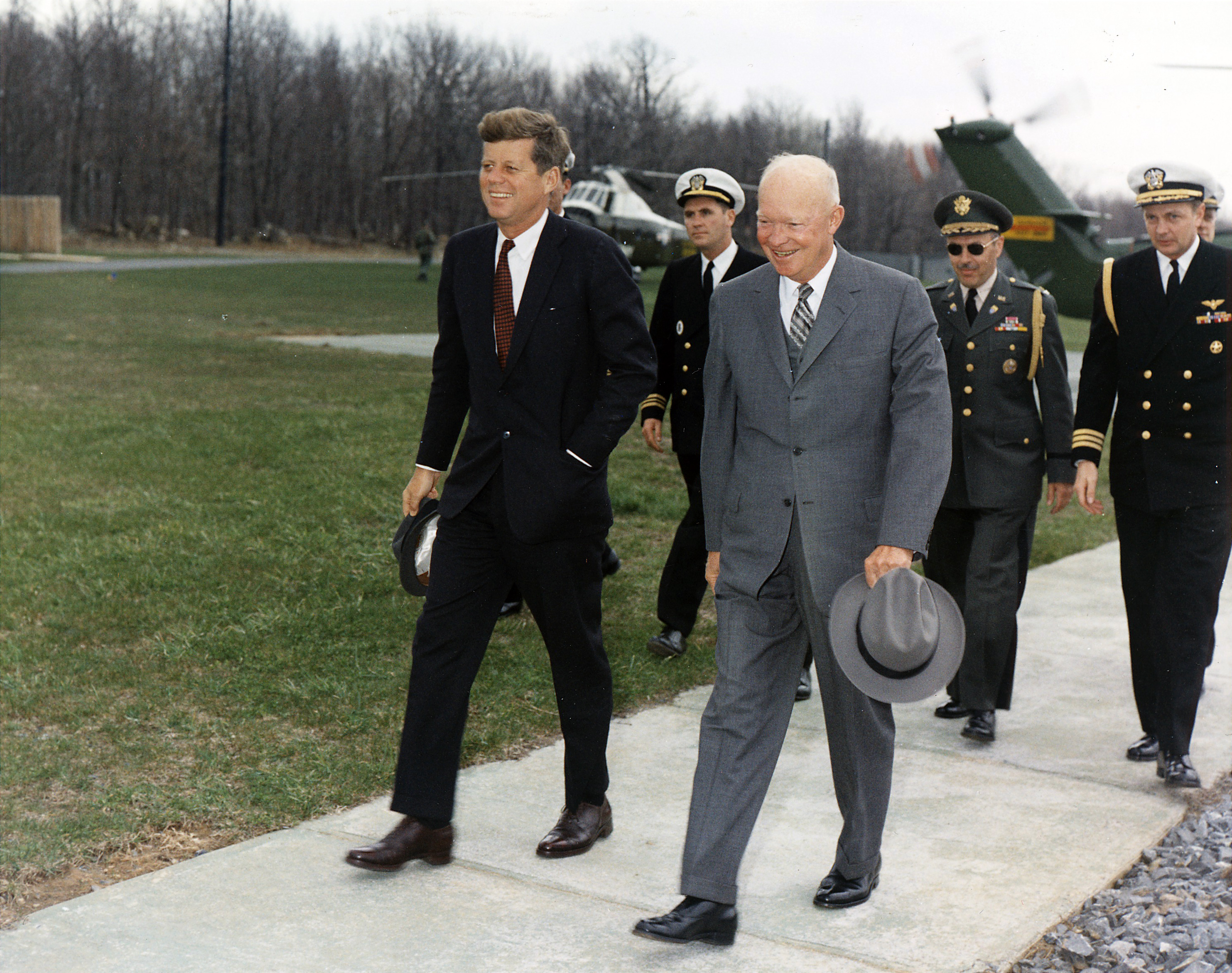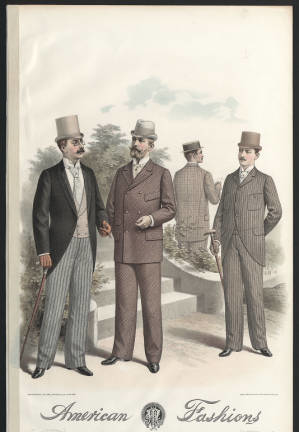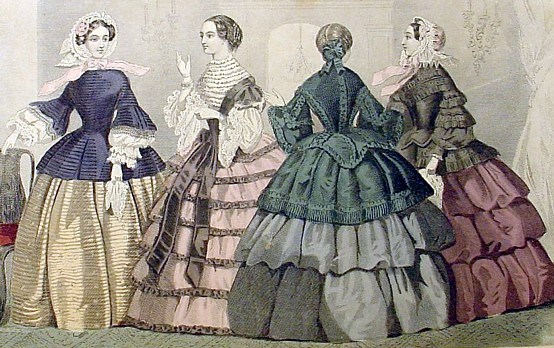Mad Style

by George McQuary, First published for the July/August 2010 issue of Finery

The “Age of Optimism”, 1960-1963, was the last gasp of formality in everyday men’s wear. During the Eisenhower and Camelot/Kennedy eras, men wore slim two- or three-piece suits, slim-fitting white shirts, skinny ties with tie bars and pocket squares.
Art Deco-era suits can easily pass for mid-century, as they will probably only need a skinny tie to keep up with the latest fashion. When thrifting suits, go for gray, which even Nicholas Antongiavanni agrees in “The Suit: A Machiavellian Approach to Men’s Style” should be the first color suit a man buys.
If you’re looking to buy a modern suit for the office that can cross over to vintage events, a careful eye at Brooks Brothers at 150 Post Street off Union Square in San Francisco can find some that will work. Brooks furnishes the lead men’s suits for the A&E Mad Men set, and since their acquisition by Italian fashion powerhouse Claudio del Vecchio has really upped the quality. (Watch for their sales — they really cut the price down.)
Banana Republic also has been promoting Mad Men and currently has a low-cost set of peg leg suits listed on-line. And there’s always Joe Hemrajani of mytailor.com who flies into San Francisco on a regular basis and makes his Hong-Kong suits to order in about six months. Check out web sites “A Suitable Wardrobe” and “English Cut” for more details of the fly-in-tailors and their schedules, some of whom can take two years to finish a suit as they crisscross the skies for fittings.
But a man in a good suit without good shoes is only half-dressed. Off Union Square is Allen-Edmonds at 310 Sutter Street San Francisco, which sells the best men’s shoes in America, and despite their newer offerings, still makes the Park Avenue, the McNeil, the Strand and other classic shoes that you can buy new but have a timeless vintage appeal. Likewise, the smaller selection Alden Shoes at 170 Sutter is worth perusing – they commission different styles but use the same USA factory as Allen-Edmonds. Alden is most famous for making the Indiana Jones boot.
“Leather Soul Hawaii” works with Alden to commission very small runs of limited men style shoes, some of them vintage inspired. All three have web sites, and since they’re all made by the same craftsmen and the same factory using the same last shapes, once you figure out your size for each last, you’re safe ordering on-line. The truly economical have bought used shoes from Alden and Allen-Edmond from eBay, paid the $100 for the factory refurbishing service, and gotten excellent results mailed back. AskAndyAboutClothes.com can be searched for details.

Hats are optional, but obviously add to the well-dressed impression. As Neil Steinberg points out in “Hatless Jack”, the man’s hat in the 1960s was “not dead yet”, although it had been on the wane from the 1920s onward. Not because of fashion, but because of the expense. Hat checking was not cheap, and many an establishment gouged male hat wearers with glee, demanding they check their hat in the name of false etiquette purely to extort exorbitant prices. Hat check girls at popular clubs in the 1920s are documented making more from their booths than club owner made from sales at the rest of the club. While fine during the flush 1920s, after the Great Depression struck the expense of hat checkers made it far more economical to wear no hat at all.
That, and increasingly byzantine etiquette rules also contributed to the decline of the man’s hat. For example, 1960s vintage Emily Post chided “A gentleman must take off his hat when a woman enters an elevator in an apartment building or a hotel, as those are considered dwellings. He puts it on again in the hall, because a public corridor is like a street. In public buildings, however, the elevator is also considered public, and the hat can stay on.” Little wonder some men became frustrated with too many fussy rules and chucked their hats altogether!
A little careful shopping and thrifting, combined with an air of optimism, can create a perfect early-1960s look and take you back to a more carefree era, when dapper-looking men were the norm.


Leave a comment